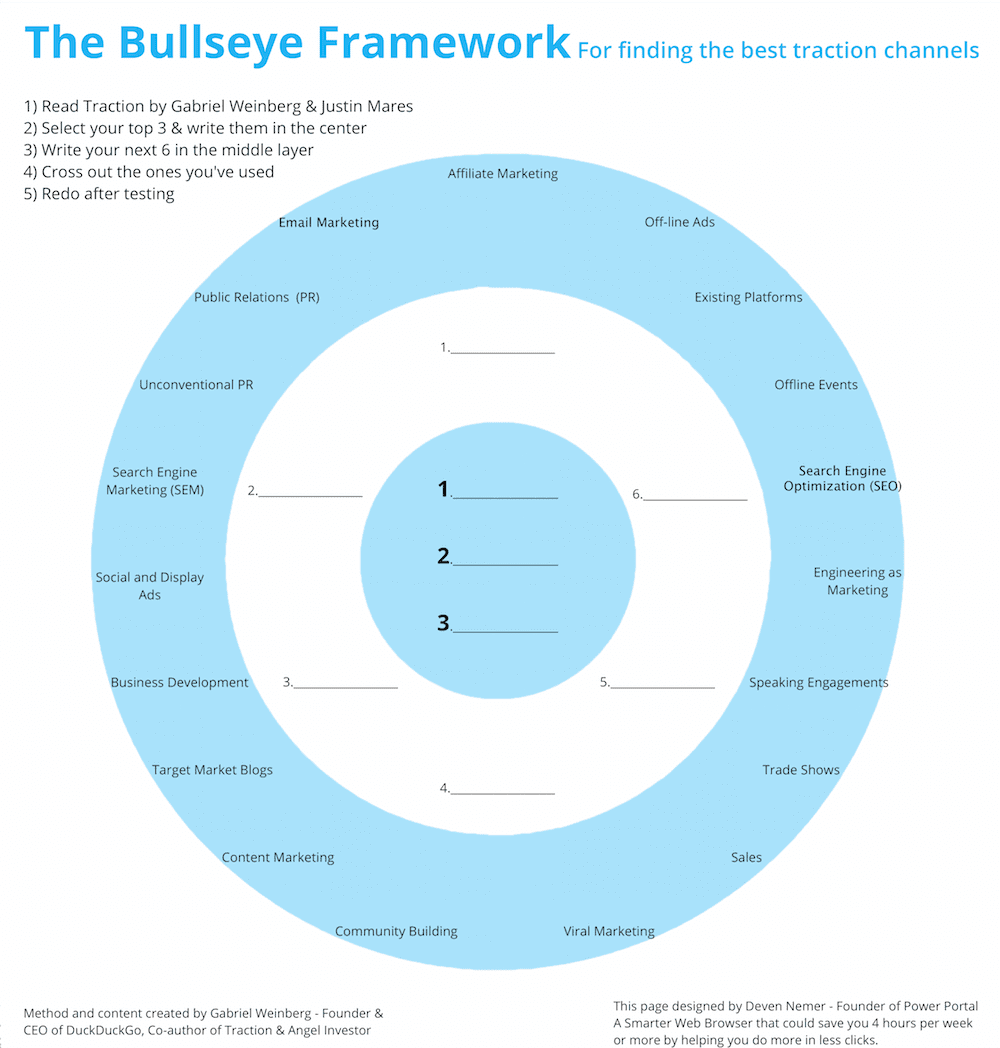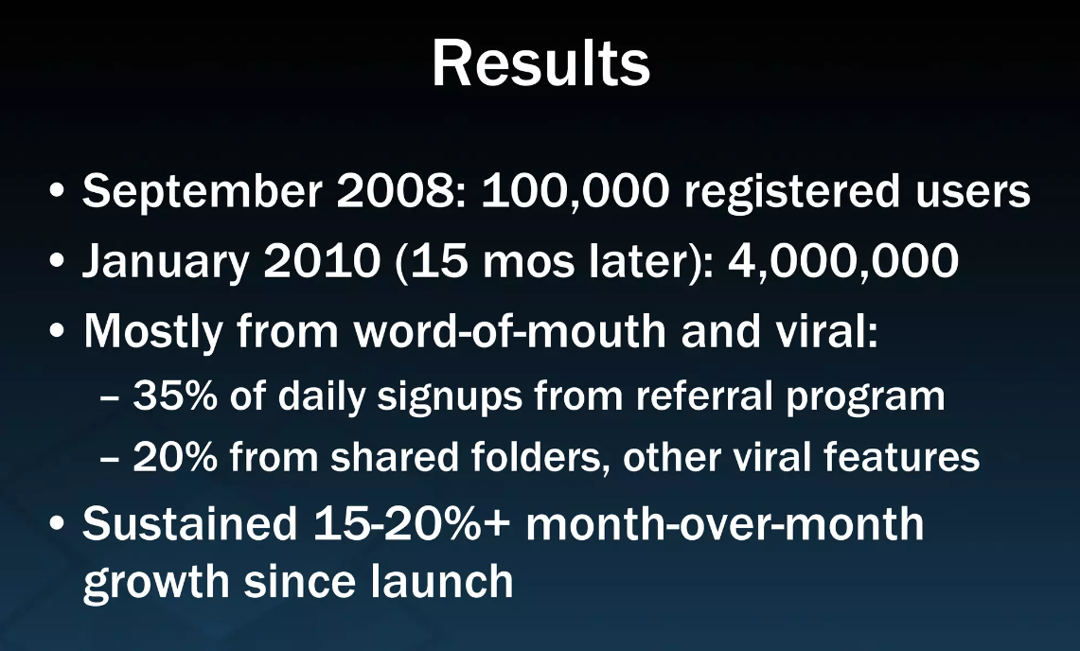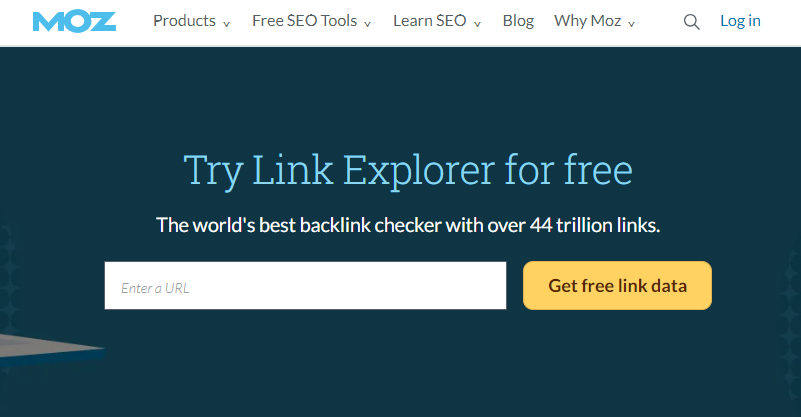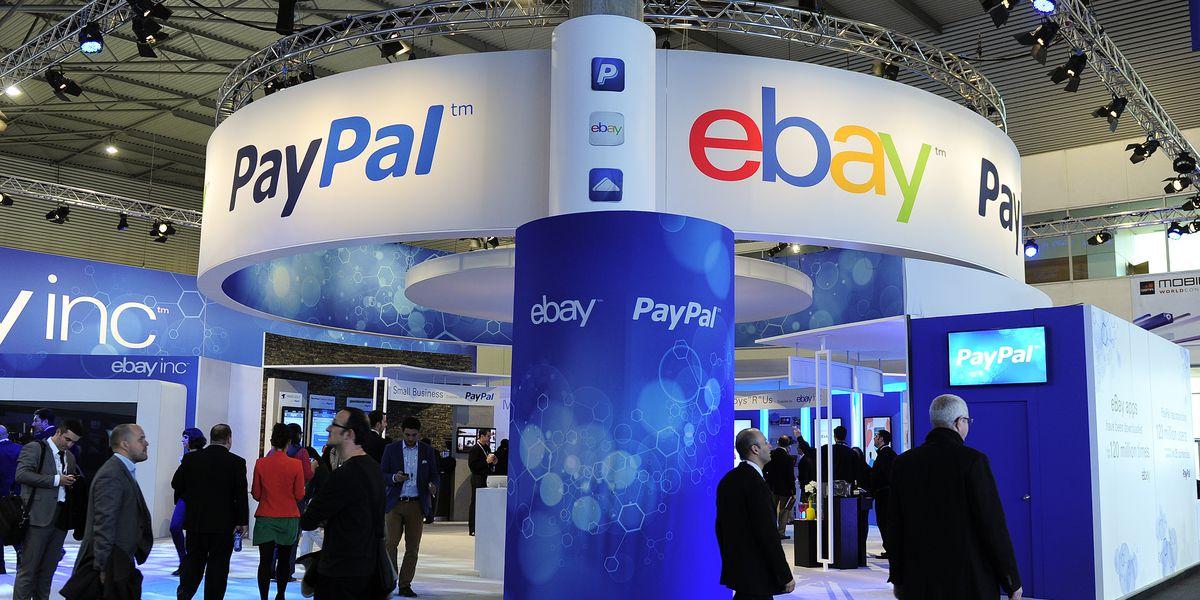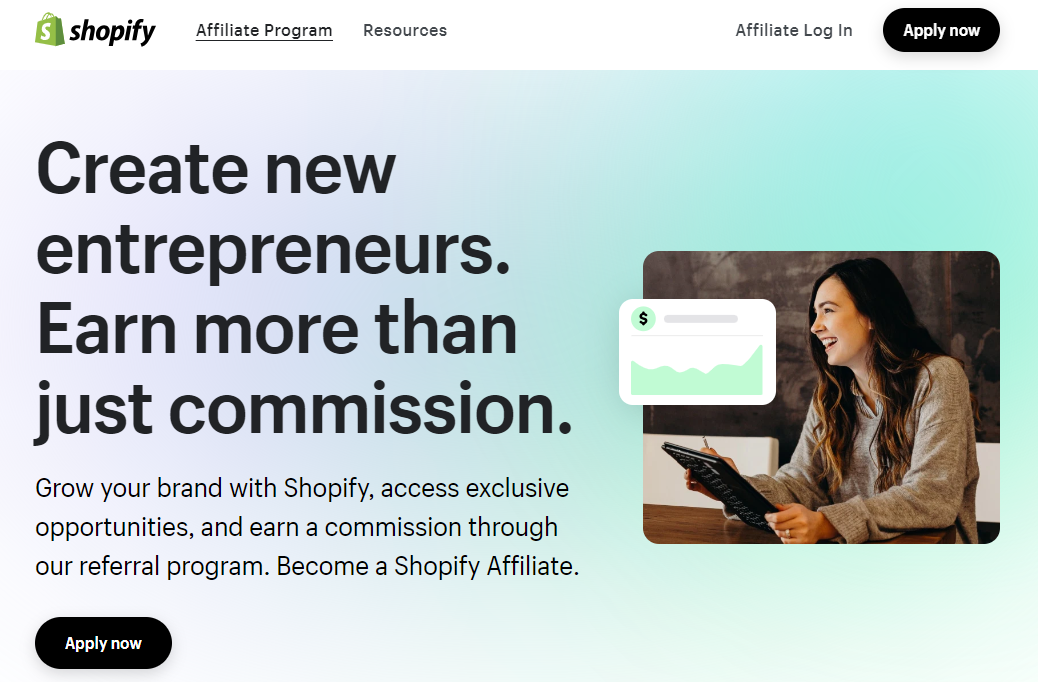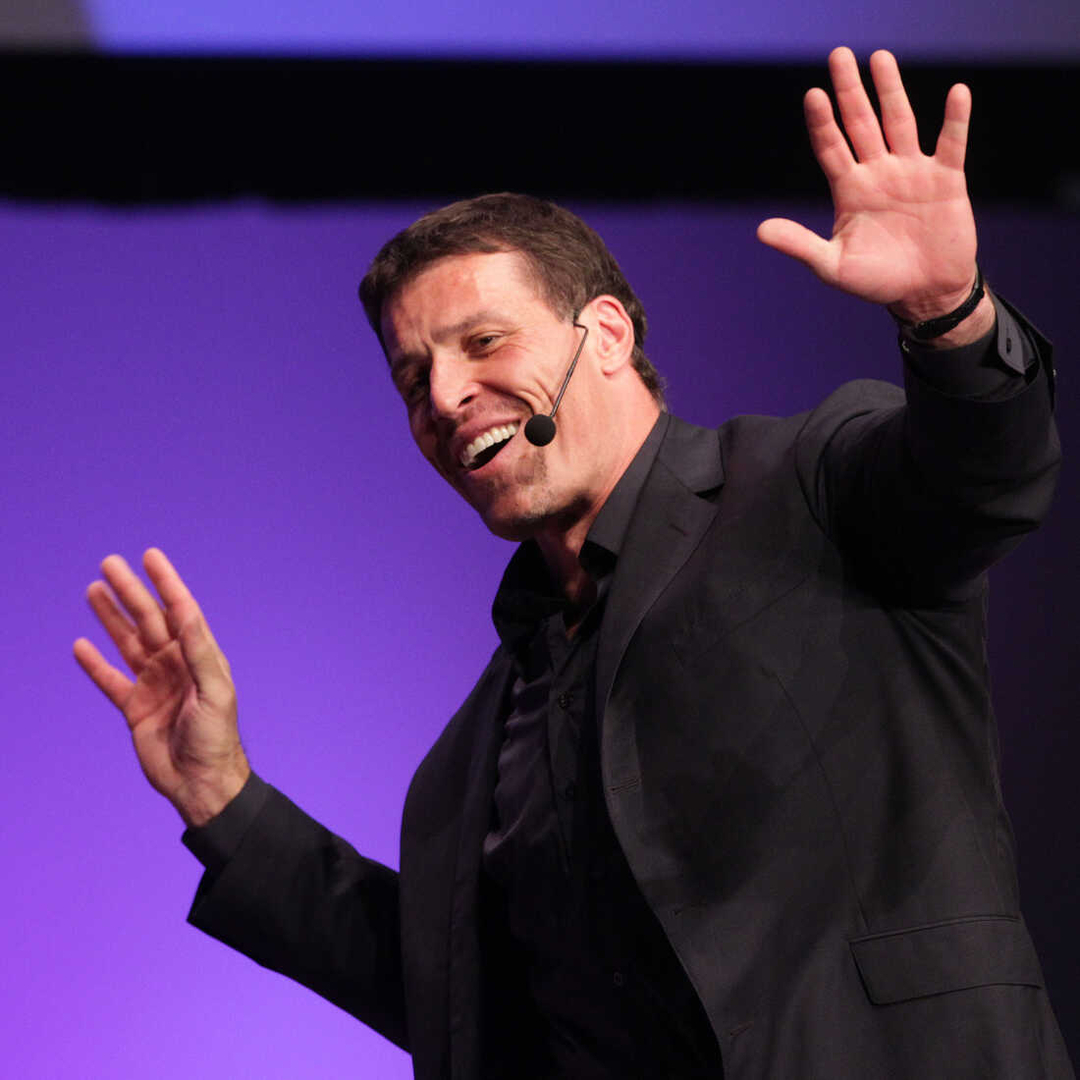A Deep Dive into the Bullseye Framework Channels
Customer growth is the lifeblood of any business, but identifying the right marketing channels to achieve it can be overwhelming. One powerful tool that successful startups use to navigate this challenge is the Bullseye Framework, developed by Gabriel Weinberg and explored in-depth in his book "Traction: How Any Startup Can Achieve Explosive Customer Growth." It's important to note that while the Bullseye Framework involves analyzing ROI, its primary purpose is to identify the most effective marketing channels for a business.
Why Use the Bullseye Framework?
Marketing managers and freelancers alike can benefit from adopting the Bullseye Framework to overcome the common roadblock of obtaining new clients. Traction is the momentum that marketers seek when their strategies pan out. The Bullseye Framework outlines a 4-step process inspired by a bullseye:
- Outer Ring: Brainstorm ideas for each sales and marketing channel.
- Middle Ring: Move potential traction channels, considering your experience.
- Testing: Test channels in the middle ring to find what works.
- Inner Ring (Bullseye): Focus on the best-performing channel.
This framework is crucial for marketers because wasting time and resources on unknown channels can be detrimental. By utilizing the Bullseye Framework, marketing professionals can identify the best sales and marketing channels with the lowest Customer Acquisition Cost (CAC) and the highest return.
Understanding Traction Channels
Traction channels are the marketing channels that bring in new customers and indicate the success of your strategy. Identifying which channels work is a common challenge for marketing professionals. Gabriel Weinberg has identified 19 traction channels, each with its own life cycle:
Viral Marketing:
Viral Marketing involves creating content that spreads rapidly through social sharing and word of mouth. The Bullseye Framework encourages marketers to explore the potential of creating contagious content that can organically reach a large audience.
- Example: Dropbox's Referral Program
- How it works: Dropbox incentivized users to refer friends by offering additional storage space for both the referrer and the new user. This created a viral loop as more users referred friends to gain extra storage.
Dropbox - Startup Lessons Learnerd - Drew Houston
Public Relations (PR):
Public Relations focuses on managing the public perception of a brand. In the Bullseye Framework, PR involves leveraging media coverage, building relationships with journalists, and crafting compelling narratives to generate positive attention.
- Example: Apple iPhone Launch Events
- How it works: Apple's meticulously planned launch events generate widespread media coverage, building anticipation and creating a buzz around new product releases.
Unconventional PR:
Unconventional PR explores creative and unconventional approaches to garner attention. It encourages marketers to think outside the box, using innovative and unexpected methods to capture the audience's interest.
- Example: The Million Dollar Homepage
- How it works: a website created by a student to raise money for his education by selling pixels on the homepage for $1 each
The Million Dollar Homepage (as of January 2021) - Wikipedia
Search Engine Marketing (SEM):
SEM involves paid advertising on search engines. In the Bullseye Framework, marketers are urged to test and optimize their SEM campaigns to identify the most effective keywords and ad placements.
- Example: Microsoft used SEM to drive traffic to its Bing search engine
- How it works: Microsoft used Search Engine Marketing (SEM) as a strategy to drive traffic to its Bing search engine in the early days. When Bing was launched in 2009, Microsoft engaged in aggressive marketing campaigns, including paid search advertising, to increase awareness and gain market share in the search engine industry.
Social and Display Ads:
Social and Display Ads encompass paid advertisements on social media platforms and display networks. The Bullseye Framework suggests experimenting with various ad formats and targeting options to find the channels that resonate best with the target audience.
- Example: Airbnb's Social and Display Ads Success Story
- How it works: Airbnb aimed to increase user engagement, drive bookings, and establish itself as a global hospitality brand. The company leveraged Social and Display Ads on platforms like Facebook and Instagram, showcasing visually appealing content featuring unique accommodations. With strategic targeting, user-generated content, and localized campaigns, Airbnb's campaign resonated well with users, leading to increased brand awareness, user acquisition, and bookings. This success demonstrated the impact of compelling visual storytelling in driving customer engagement and trust in the competitive travel industry.
Content Marketing:
Content Marketing focuses on creating valuable and relevant content to attract and engage the target audience. The Bullseye Framework advises marketers to test different content formats and distribution channels to discover what resonates most with their audience.
- Example 1: HubSpot's Blog
- How it works: HubSpot provides valuable content through its blog, attracting a broad audience interested in inbound marketing. This content then converts readers into leads.
- Example 2: Tinkering Loyalty's LinkedIn Growth Strategy
- How it works: Tinkering Loyalty used AskCory.ai to optimize LinkedIn engagement by prioritizing personal profile posts, followed by company page resharing. This strategy, paired with a tailored posting schedule and insights on loyalty programs, led to a 2,900% growth in impressions and 457% increase in engagement, converting passive followers into leads.
Offline Ads:
Offline Ads involve traditional advertising methods such as print, radio, and television. The Bullseye Framework prompts marketers to assess the effectiveness of offline channels in reaching their target audience.
- Example: Row's Billboard Campaign in Silicon Valley
- How it works: Rows, in a strategic and bold move, executed a billboard campaign outside Microsoft and Google’s headquarters in Silicon Valley. Co-founder and CEO Humberto Ayres Pereira shared that the aim was to challenge the dominance of these tech giants by highlighting the limitations of their spreadsheet software and positioning rows.com as the superior alternative to Excel and Google Sheets. The use of billboards added a humorous and provocative touch, creating a David and Goliath-style narrative.
Lasting two weeks, the campaign resulted in over 2,000 new sign-ups at a remarkably low cost of €1,300, inclusive of photography.
The success extended beyond sign-ups, as the campaign garnered organic traction on social media. A pre-billboard tweet received over 100k impressions, showcasing the effectiveness of offline advertising in creating buzz, engaging the audience, and driving online interactions. This innovative approach demonstrated that even in the digital age, offline tactics can generate significant online impact when executed strategically.
Email Marketing:
Email Marketing involves communicating with potential customers through targeted email campaigns. The Bullseye Framework emphasizes testing various email strategies to optimize open rates, click-through rates, and overall engagement.
- Example: Spotify's Personalized Music Recommendations
- How it works: Spotify utilizes email marketing to deliver personalized music recommendations to its users. These emails often include curated playlists based on the user's listening history and preferences. By leveraging data on music preferences and user behavior, Spotify enhances user engagement, encourages return visits to the platform, and promotes premium subscriptions through strategic email campaigns.
Engineering as Marketing:
Engineering as Marketing involves building tools or products that serve as marketing channels. In the Bullseye Framework, marketers are encouraged to explore how innovative products can attract and retain customers.
- Example: Moz's free Link Explorer tool
- How it works: Moz, a company specializing in SEO and online marketing, offers the Link Explorer tool as part of its engineering-driven marketing strategy. This tool allows users to analyze backlinks for their websites. By providing this valuable resource for free, Moz attracts users interested in improving their website's search engine performance. The tool serves as a gateway to Moz's broader suite of SEO services, showcasing expertise and fostering brand loyalty within the digital marketing community.
Targeting Blogs:
Targeting Blogs involves reaching out to influential blogs in the industry. The Bullseye Framework suggests identifying key blogs, building relationships with bloggers, and leveraging guest posting to amplify brand visibility.
- Example: Buffer's Guest Blogging Strategy
- How it works: Buffer, a social media management platform, has effectively utilized guest blogging as a targeting blogs strategy. The company contributes valuable content to well-established blogs in the digital marketing and social media space. By sharing insights, tips, and industry trends, Buffer not only reaches a broader audience but also establishes itself as an authority in social media marketing. This targeted blogging strategy enhances brand visibility and attracts potential users interested in social media management tools.
Business Development:
Business Development focuses on forming strategic partnerships and collaborations. In the Bullseye Framework, marketers are prompted to explore how partnerships can enhance distribution and reach.
- Example: PayPal and eBay Collaboration
- How it works: PayPal's business development strategy included a significant collaboration with eBay, the global e-commerce giant. PayPal became the primary payment provider for eBay transactions, streamlining the online payment process for millions of users. This strategic partnership not only facilitated secure transactions but also contributed to the growth of both companies. PayPal's integration into eBay's platform strengthened its market position, showcasing the importance of strategic business development collaborations in expanding service offerings and user reach.
Photograph: Manu Fernandez/AP
Sales:
Sales involve direct selling efforts to potential customers. The Bullseye Framework encourages marketers to optimize their sales processes and strategies to identify the most effective channels.
- Example: Salesforce's Inside Sales Team
- How it works: Salesforce, a leading CRM platform, utilizes a robust inside sales team to drive customer acquisition. The inside sales team focuses on proactively reaching out to potential customers, understanding their needs, and demonstrating how Salesforce's CRM solutions can address specific business challenges. This targeted sales approach allows Salesforce to build personalized relationships with potential clients, showcase the value of their products, and ultimately drive sales in a competitive market.
Affiliate Marketing:
Affiliate Marketing involves partnering with individuals or organizations to promote products or services. The Bullseye Framework advises marketers to experiment with different affiliate programs to identify the most lucrative partnerships.
- Example: Shopify's Affiliate Program
- How it works: Shopify, an e-commerce platform, operates an affiliate marketing program where individuals can earn commissions by referring new customers to Shopify. Affiliates create content, such as reviews or tutorials, and include affiliate links. When users sign up for Shopify through these links, affiliates receive commissions. Shopify's affiliate program leverages the power of independent marketers to promote its e-commerce solutions, driving customer acquisition and sales through a network of affiliates.
Existing Platforms:
Existing Platforms involve leveraging established platforms or marketplaces. The Bullseye Framework suggests exploring partnerships with existing platforms to tap into their user base and expand reach.
- Example: Airbnb Leveraging Craigslist
- How it works: In the early days, Airbnb strategically leveraged existing platforms like Craigslist to boost its user base. Airbnb users were encouraged to cross-list their rental properties on Craigslist, tapping into the established user base of the classifieds platform. This integration allowed Airbnb to reach a broader audience quickly, driving early growth by capitalizing on the visibility and user traffic of an existing platform.
Trade Shows:
Trade Shows are events where businesses showcase their products or services. In the Bullseye Framework, marketers are encouraged to evaluate the impact of participating in trade shows on brand visibility and lead generation.
- Example: Tesla's Impactful Presence at Auto Shows
- How it works: Tesla, known for its electric cars, employed a hustler approach at various auto shows worldwide. By showcasing cutting-edge electric vehicles with innovative features, Tesla disrupted the traditional automotive industry. The buzz generated at auto shows translated into substantial pre-orders, investor confidence, and a redefinition of the electric vehicle market. Tesla's hustle at auto shows played a crucial role in establishing the company as a leader in sustainable transportation.
Offline Events:
Offline Events encompass in-person events and sponsorships. The Bullseye Framework prompts marketers to assess the effectiveness of offline events in reaching and engaging the target audience.
- Example 1: Warby Parker's Classroom-themed Pop-up Shops
- How it works: Warby Parker, the eyewear company, embraced the Offline Events traction channel by creating unique pop-up shops with a classroom theme. These pop-ups allowed customers to try on glasses in a setting reminiscent of a school classroom. The interactive and playful offline experience not only attracted attention but also encouraged visitors to engage with the brand in a memorable way. This offline strategy helped Warby Parker build a distinct brand identity and foster a connection with consumers beyond traditional retail settings.
- Example 2: Impacts the Future's Sustainability Hackathons
- How it works: Impacts the Future is spearheading sustainability hackathons to engage municipalities and foster innovative solutions to waste management challenges. These hackathons, starting with a pilot event in the north of Portugal, aim to bring together stakeholders from local governments, businesses, and communities to co-create impactful sustainability strategies. These events are designed to drive collaboration and build lasting partnerships, helping municipalities improve their waste management practices while meeting broader sustainability goals. This annual initiative is poised to expand, empowering cities to be smarter, greener, and more efficient. Read more about creative marketing solutions here.
Speaking Engagements:
Speaking Engagements involve presenting at conferences or events. The Bullseye Framework encourages marketers to explore speaking opportunities as a means to establish thought leadership and enhance brand credibility.
- Example: Tony Robbins' Motivational Seminars
- How it works: Tony Robbins, a renowned life coach and motivational speaker, has built a career around impactful speaking engagements. His live seminars, where he addresses and inspires large audiences, have become legendary. These speaking engagements serve as powerful marketing tools for Robbins, attracting individuals seeking personal development and transformation. The events not only generate revenue from ticket sales but also contribute to Robbins' overall brand authority and influence in the self-help and personal development space.
Frederick M. Brown/Getty Images
Community Building:
Community Building involves creating and fostering a community around a brand. In the Bullseye Framework, marketers are urged to build and engage with communities to drive word of mouth and brand advocacy.
- Example: Harley-Davidson Owners Group (HOG)
- How it works: Harley-Davidson created a community for motorcycle enthusiasts through the H.O.G., fostering brand loyalty and creating a sense of belonging among owners. The H.O.G. has been instrumental in connecting the brand with its customers and the mainstream population, organizing events, and offering special promotions to its diverse fan base. The community has played a significant role in increasing loyalty and reconnecting with growth, ultimately contributing to the brand's success and valuation.
Search Engine Optimization (SEO):
Search Engine Optimization focuses on optimizing online content to improve search engine rankings. The Bullseye Framework advises marketers to test and refine SEO strategies to enhance organic visibility and attract targeted traffic.
- Example: The Home Depot's DIY Project Guides
- How it works: The Home Depot, a home improvement retailer, capitalizes on the SEO traction channel by creating a wealth of do-it-yourself (DIY) project guides on its website. These guides provide step-by-step instructions for various home improvement projects, optimized for relevant keywords. Homeowners searching for DIY ideas and instructions are likely to land on The Home Depot's website, driving organic traffic. The content not only serves as a valuable resource for users but also enhances The Home Depot's online visibility and authority in the home improvement space.
Bonus Track - Unconventional^3
- Example: Red Bull Stratos Jump
- How it works: Red Bull sponsored Felix Baumgartner's record-breaking space jump, creating a high-profile offline event that garnered widespread media coverage.
Words for what? It's simply another level, as Red Bull has accustomed us to for decades. See below!
Conclusion
In the dynamic world of marketing, achieving success requires not only innovative strategies but also efficient execution. The Bullseye Framework, developed by Gabriel Weinberg, stands out as a powerful tool to identify the most effective sales and marketing channels for your business. As we've explored the 19 traction channels, it's evident that strategic choices can make all the difference in achieving explosive customer growth.
Now, envision supercharging your implementation of the Bullseye Framework with AskCory.ai, an AI-driven marketing platform that's revolutionizing the industry. Imagine effortlessly generating tailored marketing plans, accessing industry benchmarks, and transforming your approach to customer acquisition, all within a mere 10 minutes. AskCory.ai is not just a platform; it's a game-changer, offering a structured and inspiring solution to break free from traditional marketing challenges.
With a keen focus on efficiency and reliability, AskCory.ai empowers marketers, managers, and freelancers alike to conceive, implement, and measure marketing strategies with unprecedented ease. The platform seamlessly integrates the Bullseye Framework, guiding you through the 4-step process to pinpoint the best-performing channels for your unique goals.
Ready to elevate your marketing game? Create a free account on AskCory.ai today!
Copyright © 2025 AskCory. All rights reserved.
Built by Build Up Labs, from sunny Lisbon to the world :)
